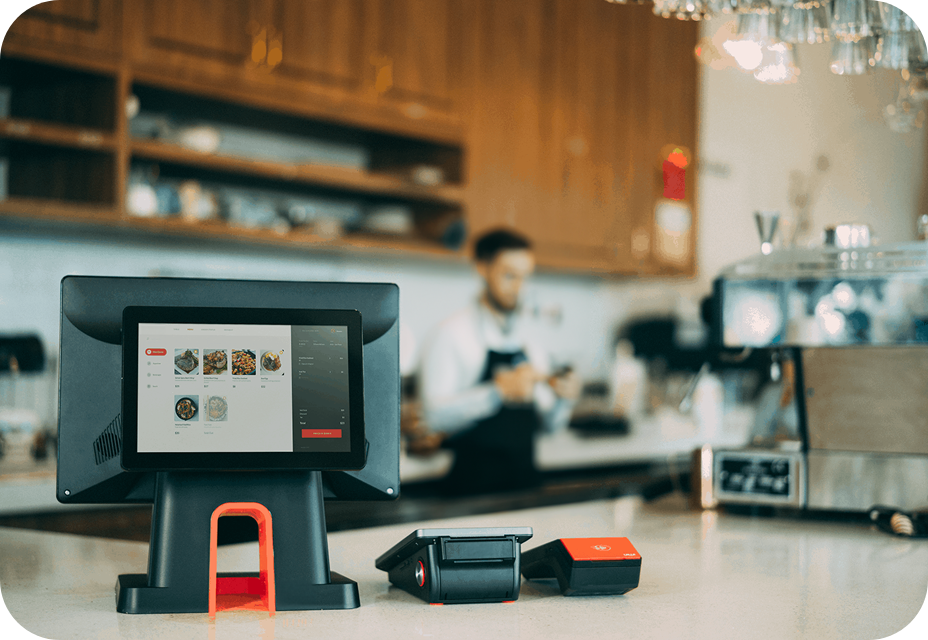How POS Reduces Miscommunication Between Teams

Running a café, restaurant, or retail business involves several moving parts — from front-end sales and customer service to kitchen operations and inventory management. With so many people working together under pressure, miscommunication can easily occur. A wrong order, missing item, or delayed preparation can create frustration for staff and customers alike.
That’s where a POS (Point of Sale) system steps in as a game-changer. A modern POS doesn’t just handle payments; it acts as a central communication hub that connects all parts of your business seamlessly. By automating processes and syncing data in real time, a POS system helps teams work smarter, stay informed, and minimize costly misunderstandings.
1. Centralized Information for All Teams
In many businesses, miscommunication happens when information is scattered — orders are taken manually, inventory updates are delayed, or price changes are not communicated properly. A smart POS system centralizes everything in one platform.
When a cashier enters an order, the system automatically sends it to the kitchen or stock area in real time. Everyone receives the same accurate information instantly, eliminating the need for verbal relays or handwritten notes. This ensures that staff across departments — from front-of-house to kitchen to management — are always on the same page.
For example, when a customer customizes their order (like “extra sugar” or “no cream”), that detail is automatically displayed on the kitchen screen. No more confusion or forgotten instructions — just clear, precise communication that keeps operations smooth.
2. Streamlined Order Management
In a busy café or restaurant, order mix-ups can lead to unhappy customers and wasted time. With a POS system, order management becomes fully automated. Every order is recorded digitally, timestamped, and tracked until completion.
The POS system sends the exact order details to the preparation station or kitchen display. If an item runs out, the system immediately notifies the cashier so they can inform customers before the order is placed. This prevents frustration for both staff and customers, while keeping the workflow organized.
Additionally, for businesses offering online or delivery services, POS integration ensures all incoming orders are processed in the same system — reducing confusion and maintaining consistency across multiple sales channels.
3. Real-Time Communication Between Departments
Without a centralized system, communication between teams often relies on verbal updates or manual notes — both of which are prone to error. A POS system creates real-time communication between departments.
For example:
- The front staff can instantly check if an item is available in inventory before confirming a sale.
- The kitchen or stockroom gets notified immediately when an order is placed or modified.
- Managers can monitor all activities live from their dashboard — even from another location.
This interconnected system ensures everyone has the same up-to-date information, which drastically reduces misunderstandings, repeated work, or delays.
4. Better Coordination Through Reporting and Alerts
A modern POS system also generates automated alerts and reports that enhance coordination between teams. When stock levels drop below a certain threshold, the system sends notifications to the purchase or kitchen team. Similarly, sales reports help managers communicate clear goals and performance metrics to their staff.
Instead of relying on assumptions or memory, every decision and discussion is based on accurate, data-backed insights. This not only prevents confusion but also improves accountability and team performance.
5. Clear Staff Roles and Permissions
Another major source of miscommunication in many businesses is overlapping responsibilities or unclear access. A POS system solves this by defining staff roles and permissions.
Each employee can log in with a unique ID, and their access is limited to their specific role. For example, cashiers can manage sales, kitchen staff can view orders, and managers can access reports. This structure ensures tasks are completed efficiently, information is protected, and everyone knows exactly what they are responsible for.
By reducing unnecessary overlap and confusion, team collaboration becomes more efficient and professional.
6. Improved Customer Service Through Better Team Coordination
When your teams communicate effectively, customers feel the difference. Orders arrive faster, mistakes are rare, and overall service improves. With a POS system, front-end staff can instantly check order status, modify tickets if needed, or inform customers about any changes without needing to “check with the kitchen.”
This smooth internal communication results in better external communication — happier customers, positive reviews, and repeat business.
Conclusion
In today’s fast-paced business environment, miscommunication between teams can cost time, money, and reputation. A POS system bridges the communication gap by automating workflows, syncing data in real time, and giving every team access to accurate, up-to-date information.
Whether it’s a café, restaurant, or retail store, the right POS helps everyone — from cashiers to managers — stay connected, informed, and efficient. By investing in a smart POS system, you’re not just improving operations; you’re building a stronger, more coordinated team that delivers excellence with every transaction.






